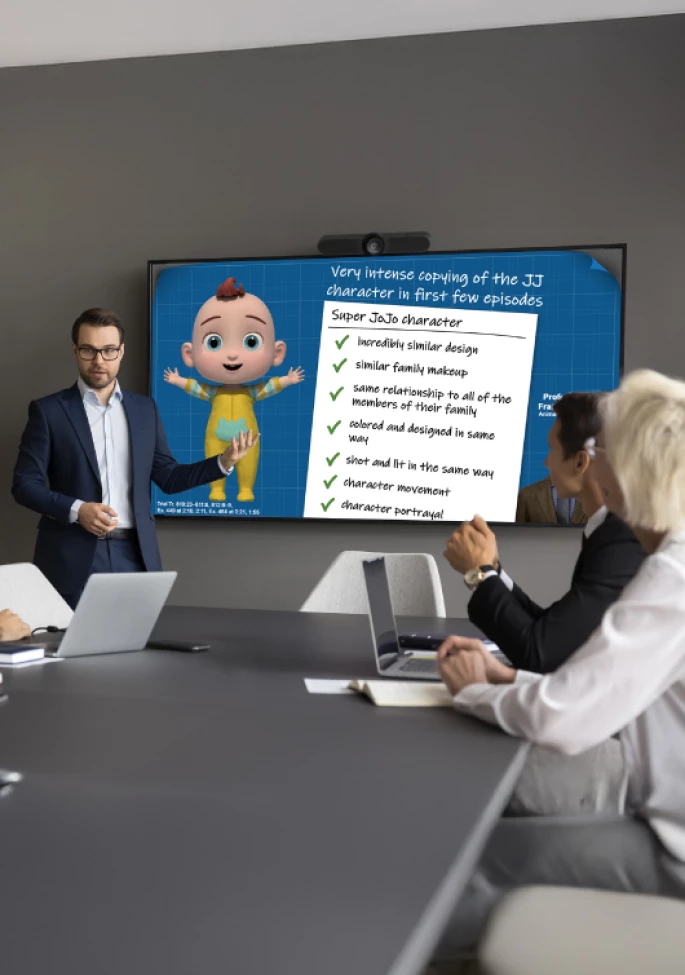Almost every case has one. Some cases have a few. And in mass tort litigation, they can follow a company around the country, affecting every case and never going away. Bad company documents are the bane of many trial attorneys’ existence.
Whether it is a poorly worded email, a bad test result, or a historical document that is missing its context, you can bet the plaintiff’s attorney will be all over it—and the jury will not forget it. So as much as you would like to sweep it under the rug and call it a red herring, it is imperative to tackle a bad company document head-on, and that process begins in voir dire.
Identify and Remove Jurors Who Cannot Look Past It
In order to identify the jurors who will never be able to look past the weaknesses in your case, it is important to preview those weaknesses. So when you know that a bad document will be admitted—or when the chances of getting it excluded are slim—bring it up in voir dire. Whether in a mini-opening or folded into a question posed to the panel, it is imperative to discuss the bad document and learn what jurors think about it and how much it might impact their view of the case. (If the judge will not allow you to discuss the evidence, try framing it as a hypothetical.)
Discussing the bad document in voir dire can elicit such a negative reaction that some jurors may admit they would have a hard time finding in favor of your client. For example:
“You’re going to see a lot of emails in this case, and sometimes, people just say stupid stuff. In this case, one of the company executives said he wasn’t worried about children getting hurt because ‘our insurance covers kids too.’ Just hearing that, how many of you are thinking this guy must be a real jerk? How many of you think his comments probably reflect the sentiments of the company as a whole? Would an email like that from a company executive prove to you that the company doesn’t care about safety? Because of that statement, how many of you already have a negative opinion of my client? Is what he said so upsetting that you would find it difficult to find in the company’s favor in this case? Is the defendant company already starting out behind? Are you already feeling a bias against my client? Even though the plaintiff has the burden of proving his case, are you going to expect that the company prove it did nothing wrong?”
Ideally, jurors who respond in the affirmative to these questions should be excused for cause. At the very least, by observing jurors’ reactions (e.g., furrowed brows, wide eyes, scoffs) and hearing their responses, you are better situated to identify and strike those who just will not be able to get past the bad document in your case.
Take Away the Punch
Presenting the bad document in voir dire also has the benefit of taking away the plaintiff’s “gotcha” moment. Jurors will not be shocked or outraged by the plaintiff’s opening if you have already prepared them for the worst. The same is true when the witness takes the stand. By presenting the bad document in voir dire (and again in opening statement), its effect is dulled. In fact, repeated exposure to the bad document does not emphasize its importance, but rather desensitizes jurors—they will not find it as interesting when the witness gets confronted with a document they have seen a handful of times already. Stealing the plaintiff’s thunder is key when it comes to minimizing the impact of bad documents.
Precondition the Remaining Jurors
Another use for voir dire is to precondition jurors to critically evaluate the plaintiff’s characterization of the document. A powerful defense theme in these cases involves pointing out the plaintiff lawyers’ lack of credibility and their tendency to take documents and testimony out of context. As such, you can develop voir dire questions that will preview this theme, prepare jurors for the documents to come, and help them see the issue from the defense’s point-of-view.
Such questions/talking points may include the following:
- “Has anyone ever written an email that was taken the wrong way by others?”
- “Have you ever sent a text message or email that was written in jest or with some sarcasm or exaggeration that could easily be taken out of context?”
- “How would you feel if all of your emails or notes to coworkers were read aloud to a group of complete strangers? Would you be worried about them being taken out of context or misinterpreted? You may see some letters that were written a long time ago by employees of the company, so I’d like you all to keep in mind how easily words can be misinterpreted or misconstrued by others.”
To avoid revealing the jurors who will empathize with this theme, most of these questions should be asked rhetorically. That is, pose them to the panel, but do not follow up on those who raise their hands. Or only ask for a response from a single juror —preferably someone at the end of the random list who is unlikely to fall into the strike zone. You can sacrifice this juror to display to others how unfair and embarrassing it can be for private conversations to be taken out of context. This will prime other jurors to think of their own situations and relate to those feelings.
Final Thoughts
When facing a bad company document (or a few), your best defense is to nip it in the bud—and that means owning up to it way back in voir dire. With the most dangerous jurors deselected, and the remaining jurors more desensitized to the document, you are ready to continue your bad document strategy in trial [Part 2].





